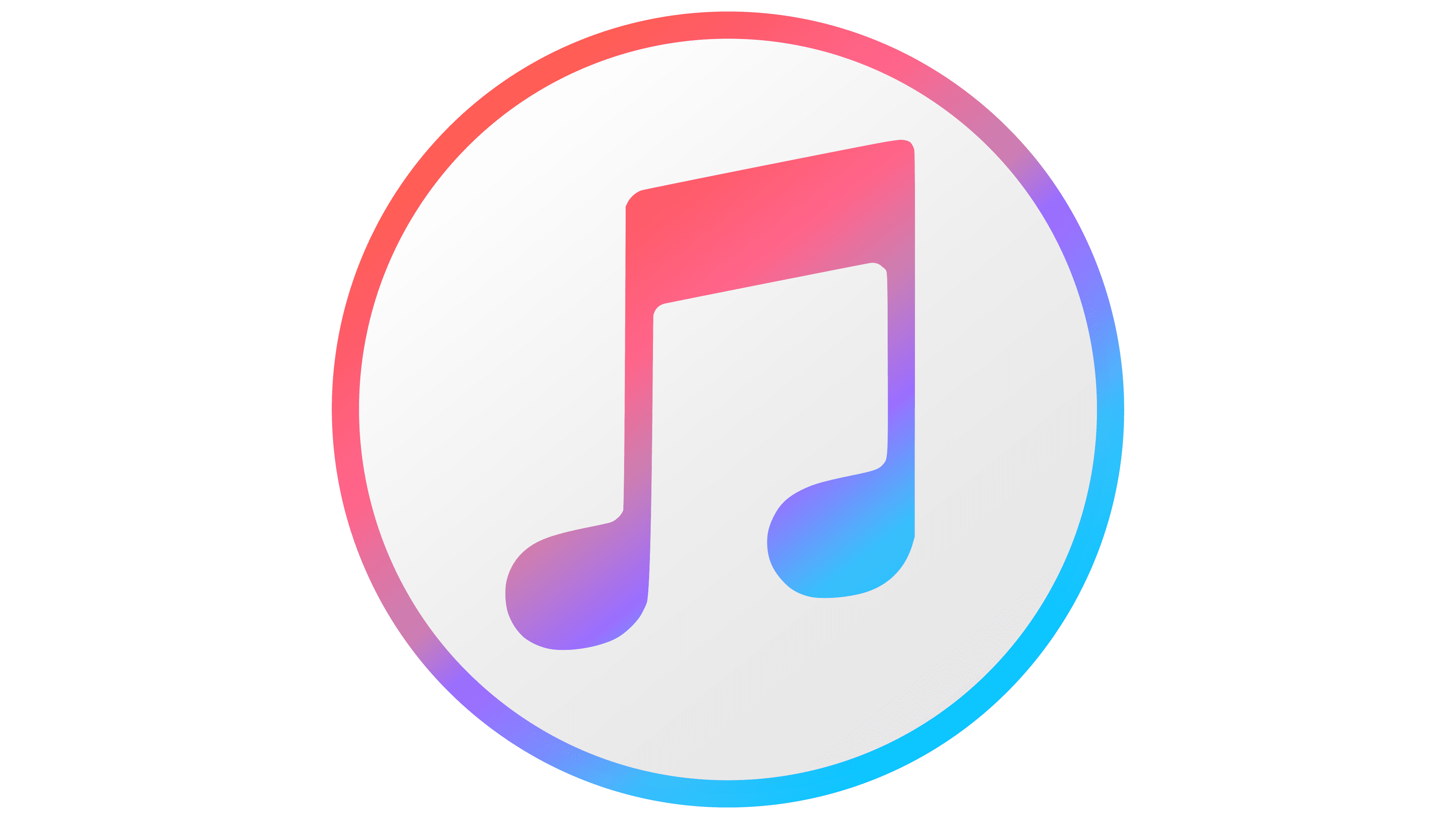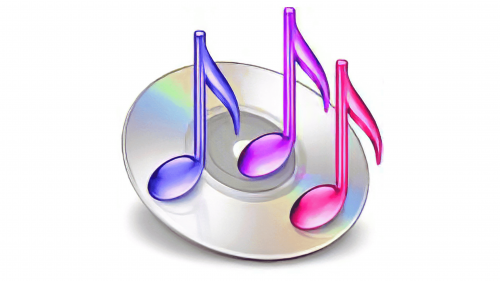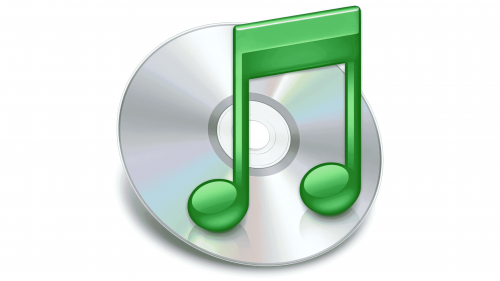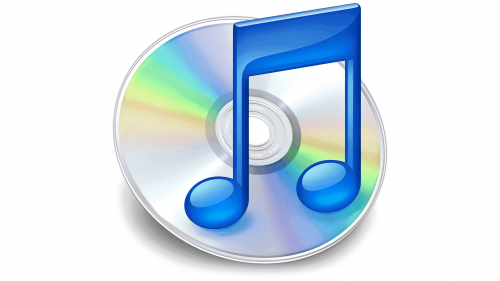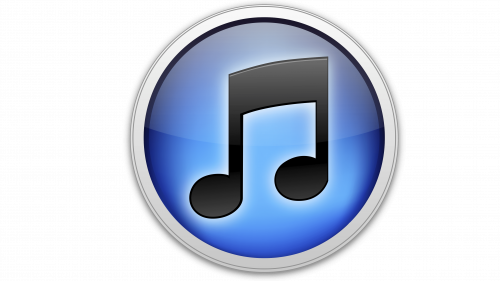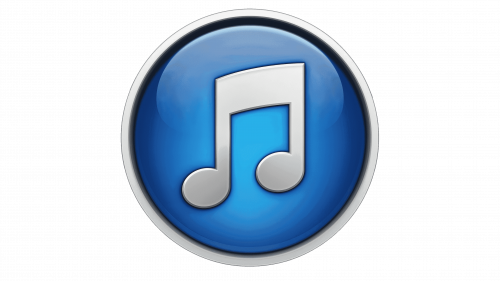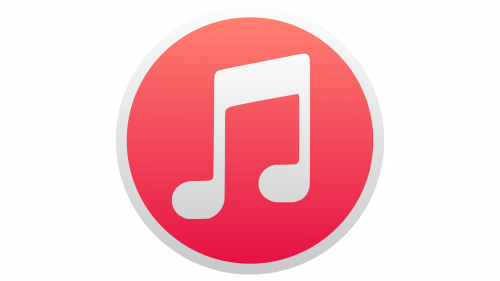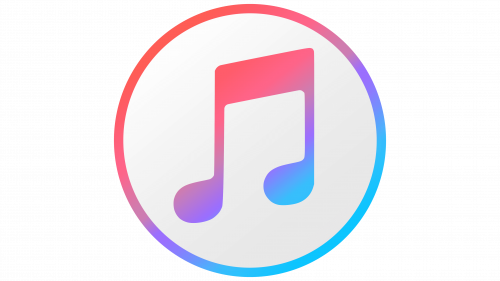iTunes Logo
iTunes, developed by Apple Inc., initially emerged as a digital media player application, soon evolving into a comprehensive platform for purchasing, organizing, and playing digital music and videos. Over time, it became pivotal in digitalizing the music industry with its integrated iTunes Store, a vast online marketplace for music, movies, and more. However, in 2019, Apple announced the discontinuation of iTunes on macOS Catalina, dividing its features among separate apps: Apple Music, Apple TV, and Apple Podcasts, signaling the end of a significant tech era.
Meaning and history
Launched in 2001 by Apple Inc., iTunes started as a simple music player application. Its real breakthrough came in 2003, with the integration of the iTunes Store, transforming the digital music landscape by offering legal song downloads for just $0.99. This move revolutionized the music industry, combating piracy and reshaping music consumption.
By 2005, iTunes was already a dominant force, becoming the go-to platform for podcasts, paving the way for a new age of digital content. A year later, Apple expanded the store’s repertoire, including movies and TV shows.
iTunes’ seamless integration with Apple’s iPod, and later iPhone and iPad, solidified its status as the leading media platform. As device sales grew, so did iTunes’ user base.
Over time, however, the platform began facing criticism for its bloated nature, trying to be an all-in-one solution for music, movies, TV shows, podcasts, and more. As streaming services like Spotify gained momentum, iTunes’ download model seemed increasingly outdated.
Recognizing the changing digital landscape, Apple announced Apple Music in 2015, a subscription-based streaming service. This was Apple’s response to shifting user preferences, emphasizing streaming over individual purchases.
In 2019, Apple made a pivotal announcement: iTunes would be discontinued on macOS Catalina, replaced by three distinct apps: Apple Music, Apple TV, and Apple Podcasts. Each app would focus on specific content, simplifying the user experience. This decision marked the end of iTunes as the world knew it, closing a significant chapter in the digital media history.
Throughout its existence, iTunes played a monumental role in transforming how we consume digital content, laying the groundwork for the modern digital age. From pioneering legal music downloads to birthing the podcast era, its impact remains undeniable.
2001
The initial logo was multifaceted and instantly communicative. It featured a CD disc, accompanied by distinct musical notes, effectively conveying the service’s core focus without the need for words. The visual consisted of three quavers, each uniquely designed with a head, stem, and flag. These notes were separated, each shaded with gradient hues ranging from soft pink and rich purple to deep blue. Against this backdrop stood a shimmering CD, exhibiting a delicate play of rainbow colors on its top and mirrored imprints of the notes at its base. The disc appeared tilted, almost as if balancing on its rim, an illusion amplified by a pronounced shadow beneath it. The design, while simple, spoke volumes about the brand’s musical connection.
2001 – 2002
Initially, the software was crafted as a media player exclusively for Macintosh systems. Its emblem was uncomplicated, featuring a CD disc coupled with three quavers, shaded in hues of blue, purple, and pink. This design mirrored the era when CDs were the primary medium for digital audio, and iTunes aimed to become its modern successor.
Not long after, a revamped logo emerged. The catalyst for this change was Apple’s decision to integrate the media player with their iconic iPod. The redesign saw the CD’s orientation tweaked and, in a move towards minimalism, replaced the three notes with a singular prominent dark blue double note. This transformation signaled the application’s evolving role in the digital music landscape.
2002 – 2003
Twelve months down the line, iTunes unveiled an iteration featuring intelligent playlists. The emblematic note on the icon underwent a transformation, adopting a vibrant shade of purple. This change not only reflected the software’s advanced features but also symbolized its evolution and adaptability in the rapidly changing digital music landscape. The shift in color was a subtle nod to the innovation and forward-thinking approach the company embraced, ensuring that its users always had a fresh and intuitive experience while navigating their music collections. This purple hue also stood out distinctively, making the app easily recognizable amidst a sea of icons.
2003 – 2006
By 2003, the software had evolved beyond just a player, transforming into a comprehensive online platform, complete with its own store and a variety of podcasts. This expansion and diversification, however, did not significantly alter its visual identity. The designers made subtle alterations to the emblem’s palette, shifting the note to a vibrant shade of green. Additionally, they opted for a cleaner look by minimizing some of the shadowing effects. These changes mirrored the brand’s evolution, ensuring that while its services expanded, its branding remained consistent, yet fresh and in tune with the times. The green hue symbolized growth, innovation, and the platform’s commitment to delivering a diverse and enriching user experience.
2006 – 2010
For the subsequent trio of years, iTunes underwent consistent interface refinements. Yet, its visual identity remained unwavering: a cerulean musical note set against the lustrous backdrop of a CD. This consistent imagery reflected the brand’s dedication to its roots, even as the software’s features and functionalities evolved. The shimmering CD background served as a nod to the era of physical music, while the bold blue note symbolized the digital revolution iTunes spearheaded, harmoniously fusing the past and the present. The choice to retain this emblem, amidst numerous platform updates, highlighted the brand’s commitment to its core values and its recognition of the iconic symbol’s resonance with its user base.
2010 – 2012
In September 2010, marking the release of the 10th iteration of the media service, which now incorporated the Ping social network, a major transformation took place. Responding to the evolving digital landscape, the CD symbol, which had become somewhat obsolete, was discarded from the logo. It was substituted with a vibrant blue orb encircled by a sleek white border. The iconic double note, now rendered in a stark black, was repositioned to occupy a more central space within the circle, emphasizing its significance and the core musical essence of the platform. This change signaled iTunes’ adaptation to modernity while preserving its foundational ethos.
2012 – 2014
The design team began to play around with the hue of the musical note once more. This time, they opted for a pristine white, mirroring the color of the external circle, bringing forth a sense of uniformity and modern elegance. By making this choice, they subtly emphasized the note’s importance, harmoniously blending it with the surrounding design elements, reflecting a minimalist and unified theme. This alteration provided a refreshing and clean aesthetic, ensuring that the logo remains both recognizable and in tune with contemporary design sensibilities.
2014 – 2015
With the introduction of iTunes 12 in 2014, a significant shift was witnessed in the logo’s aesthetic. The emblem underwent a bold transformation, with the previously familiar circle adopting a vibrant red hue. The once preval__ent dark shadows, which added depth in earlier versions, were now completely omitted, resulting in a more streamlined and modern appearance. This evolution not only refreshed the brand’s identity but also marked a new era for iTunes, aligning its design with contemporary tastes and ensuring its continued resonance in a rapidly evolving digital landscape.
2015
2015 – Today
In 2015, Apple unveiled its music streaming service, Apple Music, accompanied by a revamped logo. This emblem showcased a muted white-gray circular backdrop bordered by a vivid hue, enveloping a distinct double note. The palette was a blend of red, blue, violet, and azure tints.
Later the same year, another logo iteration emerged. Post this makeover, the musical symbol and the periphery were illuminated against a chromatic backdrop. There’s been chatter suggesting that this iTunes badge borrowed inspiration from a vintage Apple emblem. It seems the creative minds at Apple drew from the bottom trio of colors from the iconic rainbow apple, giving them a more subdued look, and artistically shuffled them within the circular motif.
